
🇮🇹🇩🇪🇺🇸
#Autoimmunity
#Antibodies
#Immunosky
https://linktr.ee/ivantalucci

We identify riboflavin (vitamin B₂) as a key modulator of ferroptosis sensitivity via stabilizing FSP1 & recycling lipid-soluble antioxidants.
www.biorxiv.org/content/10.1....
pls check @olzmannlab.bsky.social
www.biorxiv.org/content/10.1...
#ferroptosis #FSP1 #antioxidants

We identify riboflavin (vitamin B₂) as a key modulator of ferroptosis sensitivity via stabilizing FSP1 & recycling lipid-soluble antioxidants.
www.biorxiv.org/content/10.1....
pls check @olzmannlab.bsky.social
www.biorxiv.org/content/10.1...
#ferroptosis #FSP1 #antioxidants
www.pepperprint.com/downloads-re...

www.pepperprint.com/downloads-re...
Big thanks to the organizers Christian Geis, Frank Leypoldt, and their teams for making it such a wonderful event.
#autoimmunity



Big thanks to the organizers Christian Geis, Frank Leypoldt, and their teams for making it such a wonderful event.
#autoimmunity
Epitope Sequence and Modification Fingerprints of Anti-Aβ Antibodies
Resource & deep dive into how therapeutic & research #Antibody detect key #AmyloidBeta variants in #AlzheimersDisease
Thanks @unimedizin-goe.bsky.social, @mpi-nat.bsky.social & @uni-wuerzburg.de !
Now online in @elife.bsky.social
Looking forward to sharing the revised version!🔜
@hmariclab.bsky.social @uni-wuerzburg.de @maxplanck.de @unimedizin-goe.bsky.social
Epitope Sequence and Modification Fingerprints of Anti-Aβ Antibodies
Resource & deep dive into how therapeutic & research #Antibody detect key #AmyloidBeta variants in #AlzheimersDisease
Thanks @unimedizin-goe.bsky.social, @mpi-nat.bsky.social & @uni-wuerzburg.de !
Now online in @elife.bsky.social
Looking forward to sharing the revised version!🔜
@hmariclab.bsky.social @uni-wuerzburg.de @maxplanck.de @unimedizin-goe.bsky.social
Now online in @elife.bsky.social
Looking forward to sharing the revised version!🔜
@hmariclab.bsky.social @uni-wuerzburg.de @maxplanck.de @unimedizin-goe.bsky.social
Read it here 🔗 buff.ly/tunBPI2
#ChemSky

Now online in @elife.bsky.social
Looking forward to sharing the revised version!🔜
@hmariclab.bsky.social @uni-wuerzburg.de @maxplanck.de @unimedizin-goe.bsky.social
Now online in @elife.bsky.social
Looking forward to sharing the revised version!🔜
@hmariclab.bsky.social @uni-wuerzburg.de @maxplanck.de @unimedizin-goe.bsky.social
Discovery happens when your initial plans fall apart but it requires you to have a particular mindset: it's not extraverted, orderly, neurotic or agreeable that's the most important – discovery requires an OPENNESS to new ideas and unexpected insights.
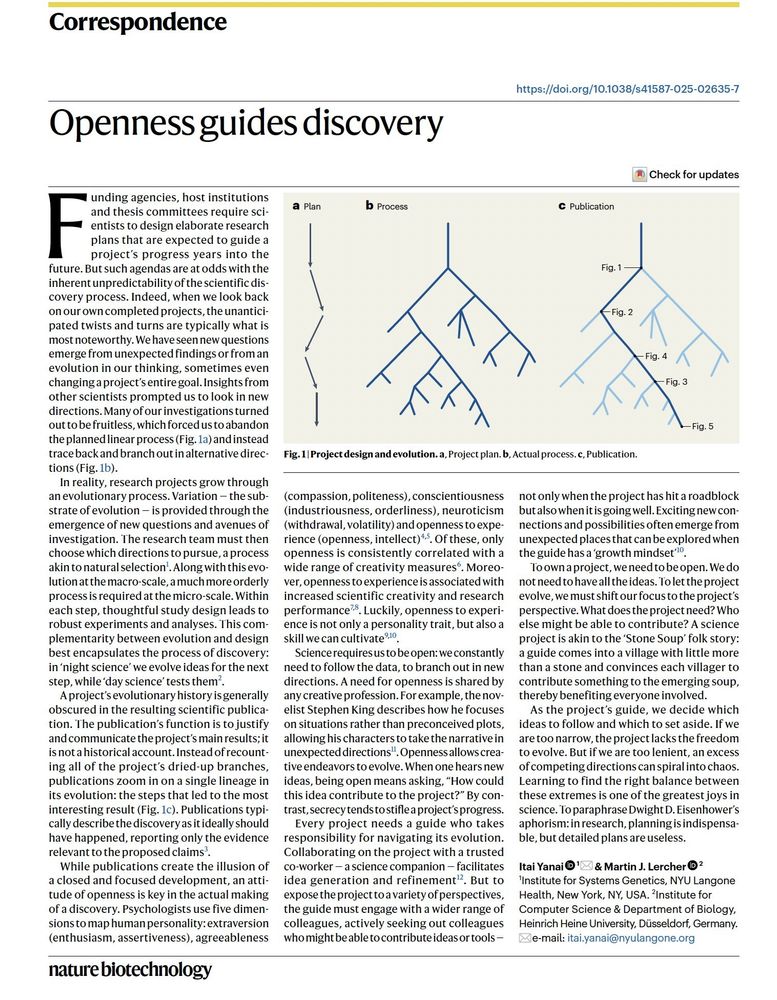
Microscale thermophoresis (MST) played a huge part in optimizing the probes structure and sequence for binding affinity.
#ChemicalBiology #Synapse
—Synthetic, high-affinity #ChemicalBiology probes for #SuperResolution #Synapse visualization & precise mapping in neurons and brain slices—without the need for antibodies, tags, or transfection!
📢 Read more: pubs.acs.org/doi/10.1021/...
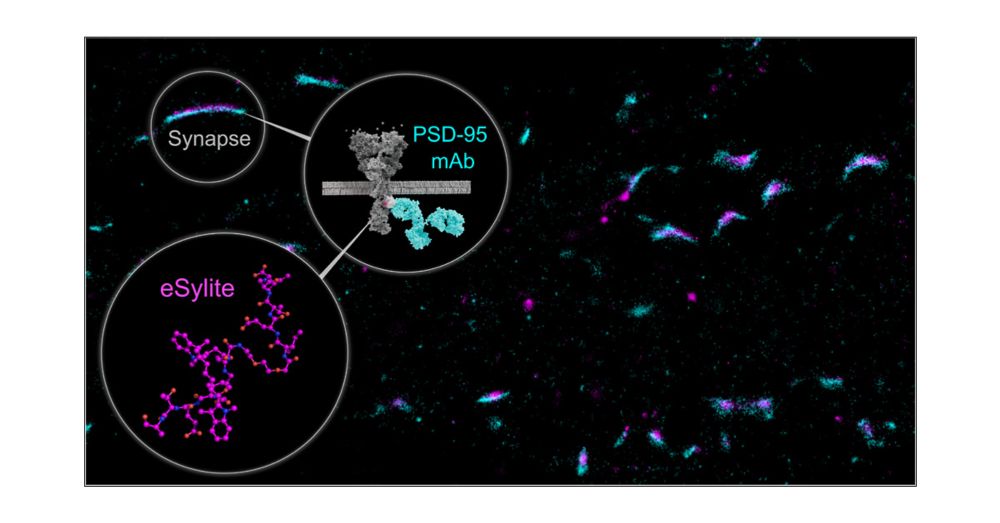
Microscale thermophoresis (MST) played a huge part in optimizing the probes structure and sequence for binding affinity.
#ChemicalBiology #Synapse
—Synthetic, high-affinity #ChemicalBiology probes for #SuperResolution #Synapse visualization & precise mapping in neurons and brain slices—without the need for antibodies, tags, or transfection!
📢 Read more: pubs.acs.org/doi/10.1021/...

—Synthetic, high-affinity #ChemicalBiology probes for #SuperResolution #Synapse visualization & precise mapping in neurons and brain slices—without the need for antibodies, tags, or transfection!
📢 Read more: pubs.acs.org/doi/10.1021/...
Audio summary:
sciencecast.org/casts/ca9qhd...
#AlzheimersDisease #aducanumab #donanemab #lecanemab
Audio summary:
sciencecast.org/casts/ca9qhd...
#AlzheimersDisease #aducanumab #donanemab #lecanemab

www.nature.com/articles/s43...
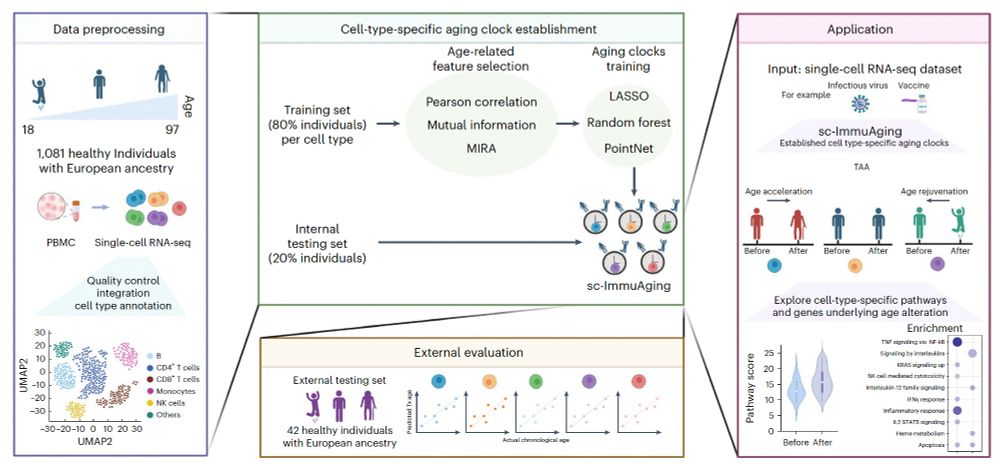
www.nature.com/articles/s43...
Audio summary:
sciencecast.org/casts/ca9qhd...
#AlzheimersDisease #aducanumab #donanemab #lecanemab
Audio summary:
sciencecast.org/casts/ca9qhd...
#AlzheimersDisease #aducanumab #donanemab #lecanemab
https://go.nature.com/4hGYf6q

https://go.nature.com/4hGYf6q
www.nature.com/articles/s41...

www.nature.com/articles/s41...
It shows: People still #trust scientists and support an active role of scientists in society and policy-making. #OpenAccess available here: www.nature.com/articles/s41... @natureportfolio.bsky.social
(1/13)
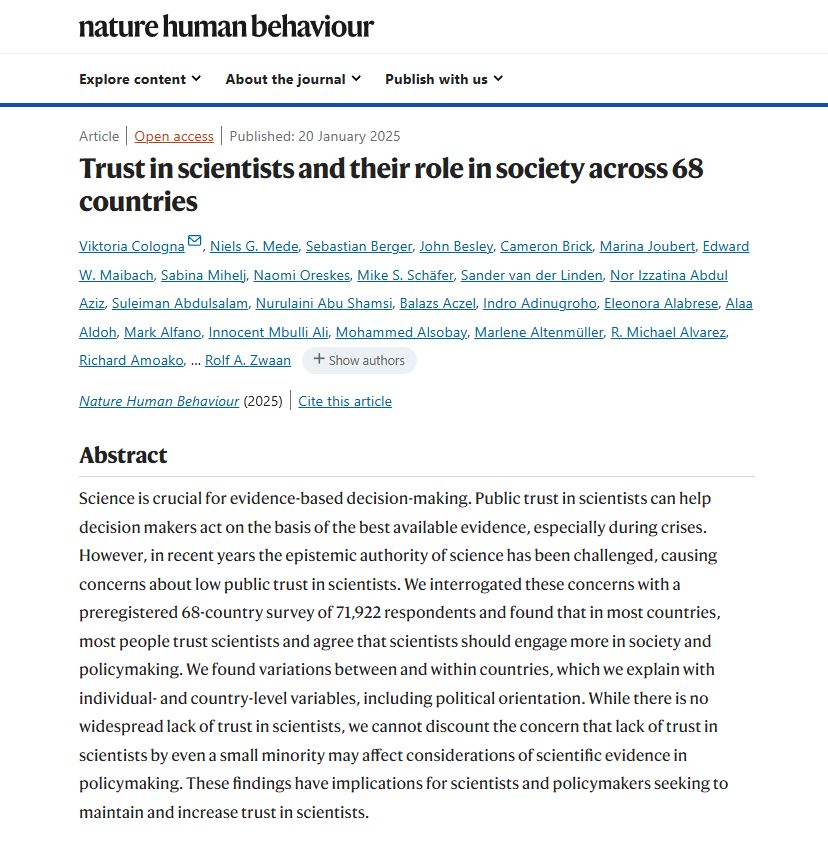
It shows: People still #trust scientists and support an active role of scientists in society and policy-making. #OpenAccess available here: www.nature.com/articles/s41... @natureportfolio.bsky.social
(1/13)
Read more:
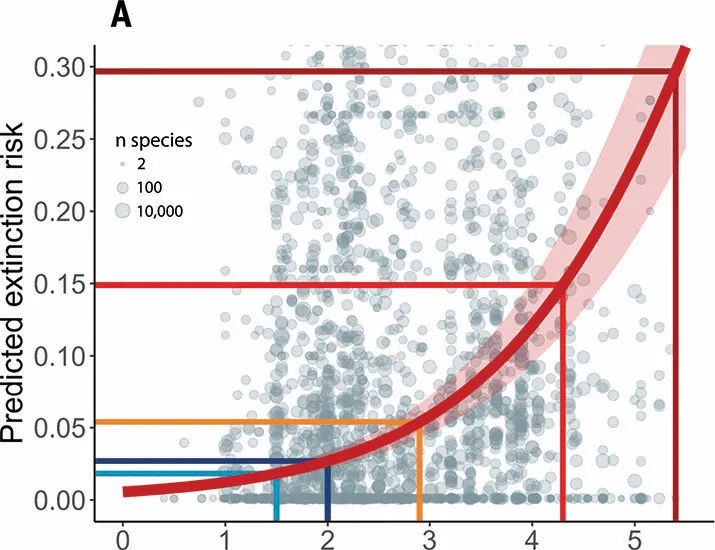
Read more:
With models like AlphaFold3 limited to academic research, the team built an equivalent alternative, to encourage innovation more broadly
www.eurekalert.org/news-release...

With models like AlphaFold3 limited to academic research, the team built an equivalent alternative, to encourage innovation more broadly
www.eurekalert.org/news-release...

www.biorxiv.org/content/10.1...

www.biorxiv.org/content/10.1...

"Disease-associated B cells and immune endotypes shape adaptive immune responses to SARS-CoV-2 mRNA vaccination in human SLE".
🔗
* rdcu.be/dZWI9
* lnkd.in/desv-ZrV
#SLE | #Autoimmunity | #mRNAvaccines | Disease-associated #Bcells shape anti-vaccine immunity in SLE. 👩🔬 💉💉💉 🦠
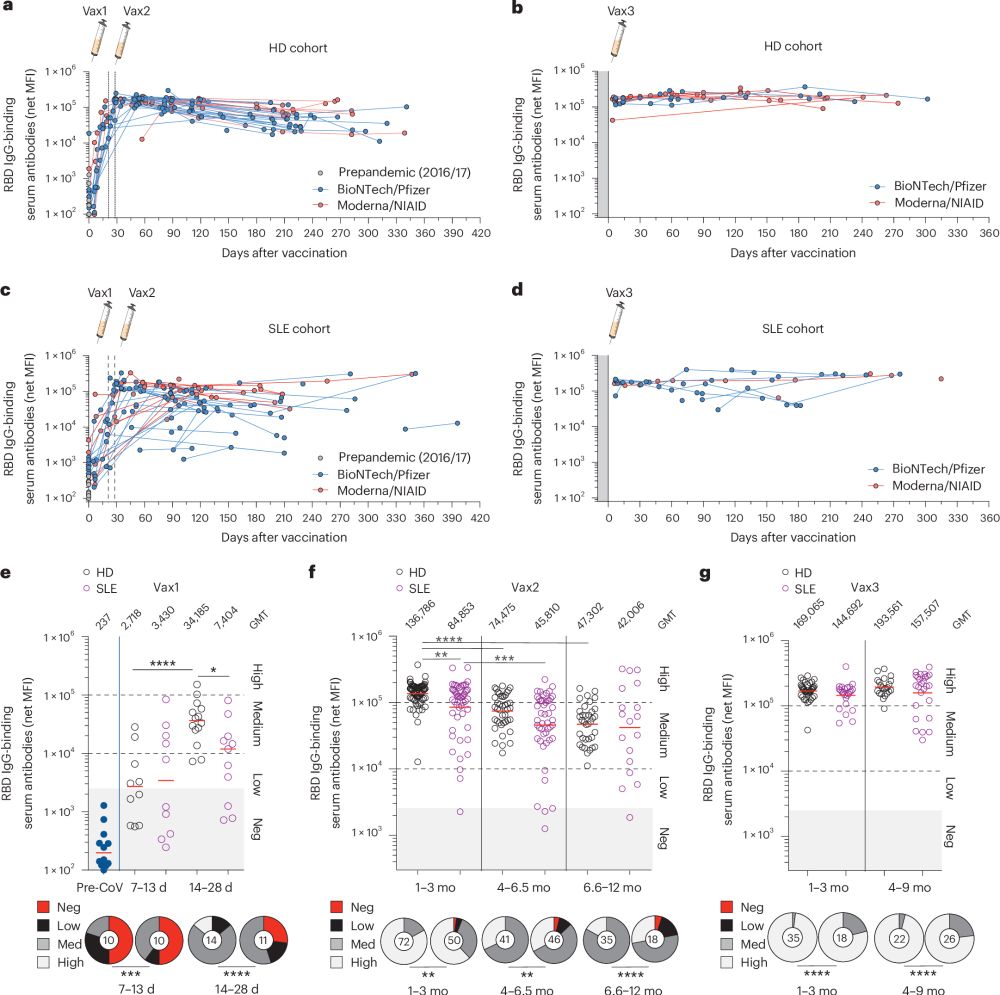
"Disease-associated B cells and immune endotypes shape adaptive immune responses to SARS-CoV-2 mRNA vaccination in human SLE".
🔗
* rdcu.be/dZWI9
* lnkd.in/desv-ZrV
#SLE | #Autoimmunity | #mRNAvaccines | Disease-associated #Bcells shape anti-vaccine immunity in SLE. 👩🔬 💉💉💉 🦠

